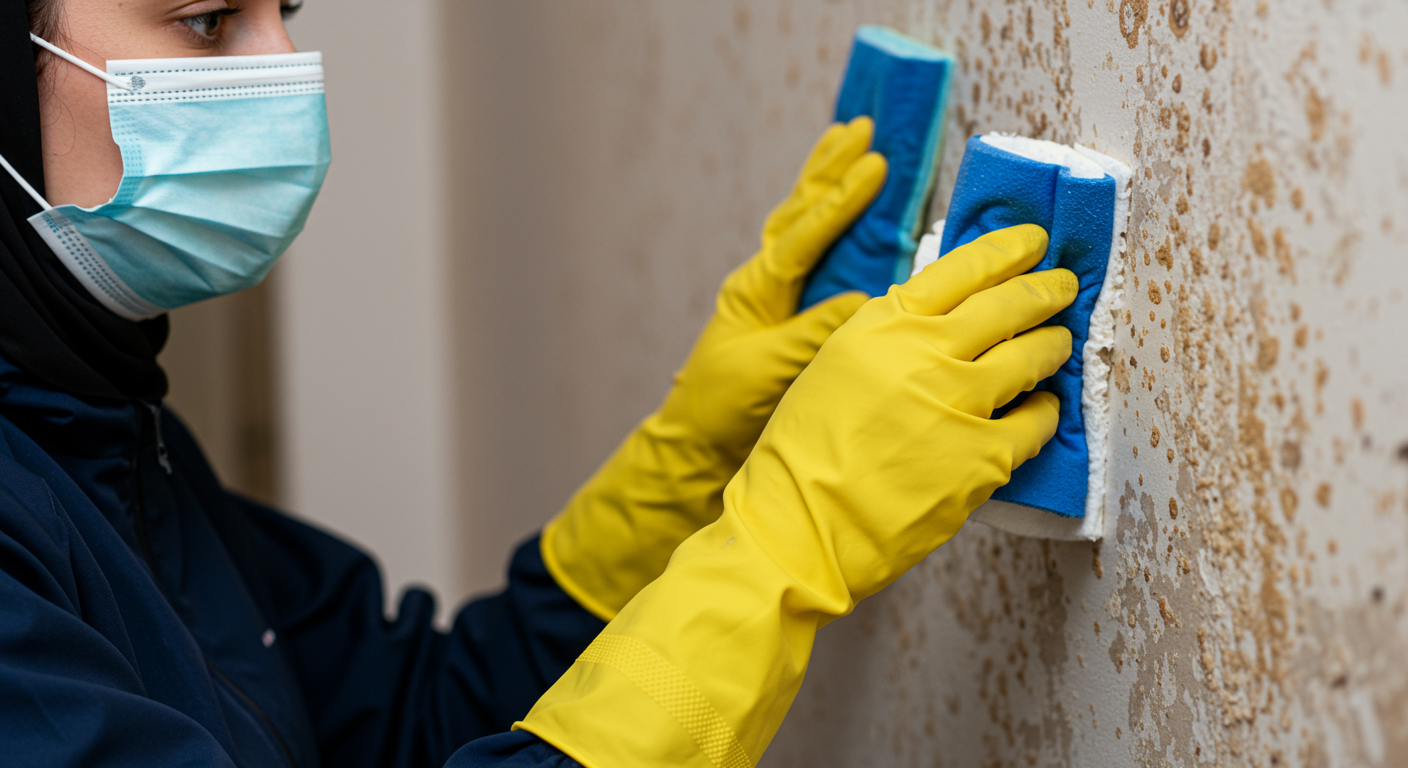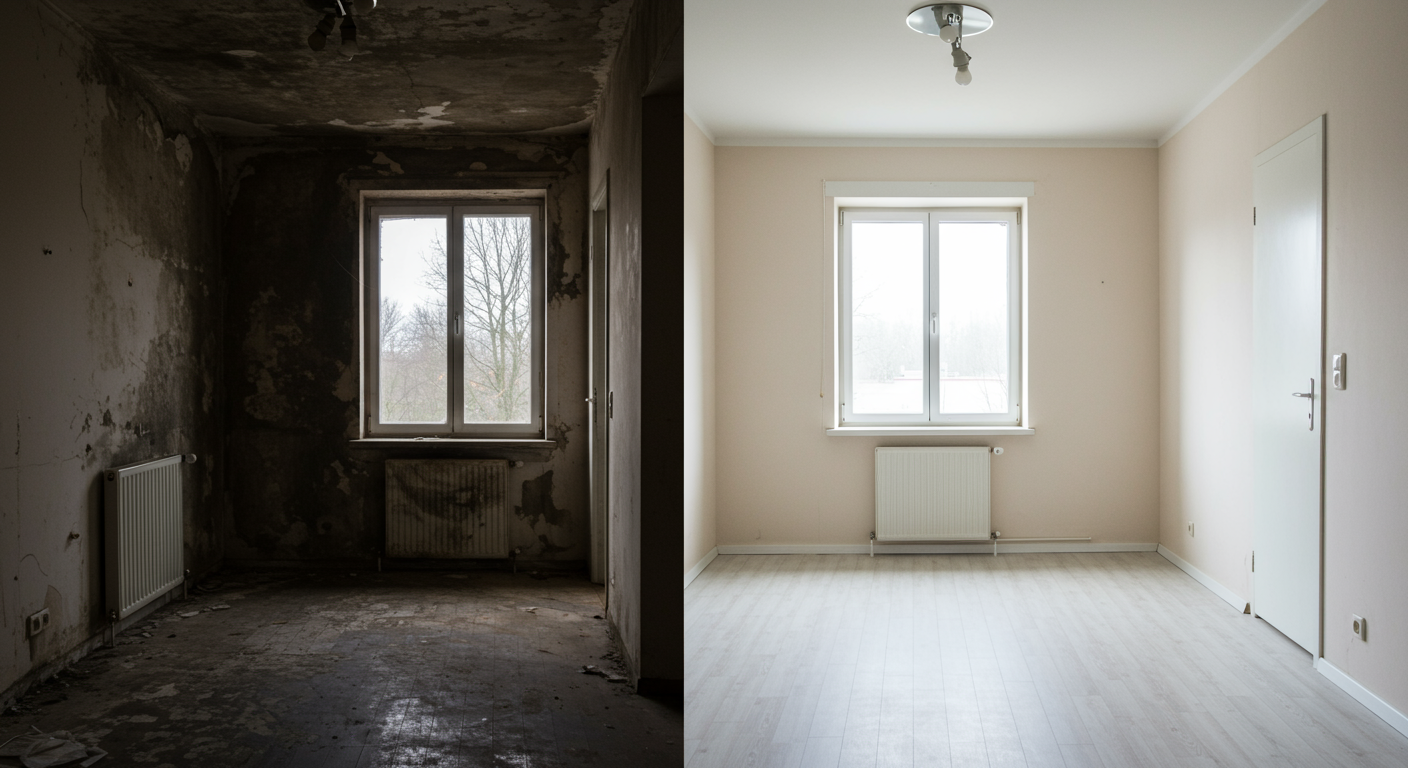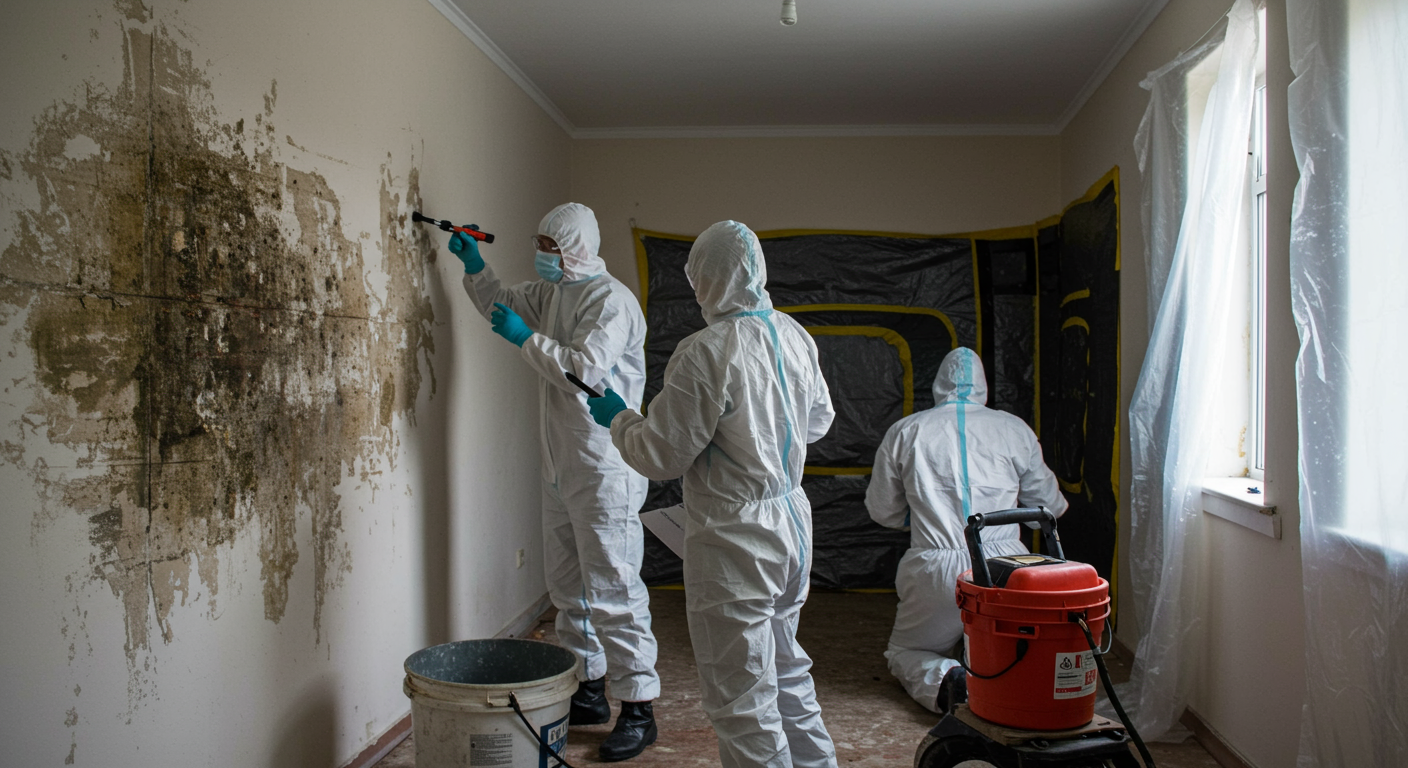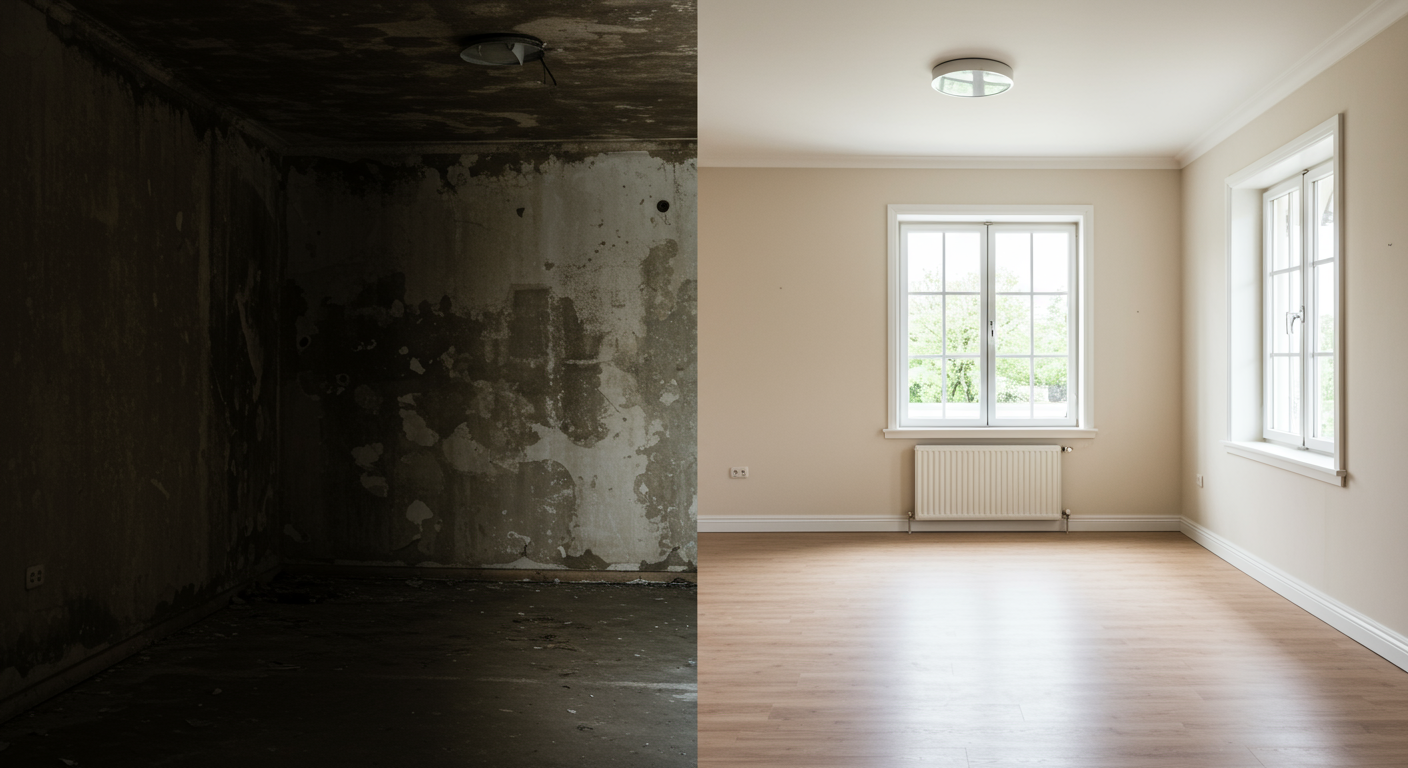Fungus in homes is a common problem that can pose significant health risks and damage to property if left unchecked. From unsightly patches on walls to respiratory issues caused by mold spores, the presence of fungus can disrupt the comfort and safety of your living space. This guide provides a detailed overview of how to identify, remove, and prevent fungus in your home effectively.
Understanding Fungus in Homes
What is Home Fungus?
Fungus refers to a group of organisms, including molds and mildew, that thrive in damp and humid conditions. These organisms can grow on various surfaces, such as walls, ceilings, carpets, and furniture, feeding on organic materials like wood, paper, and fabric. Fungus not only affects the aesthetics of your home but can also compromise its structural integrity over time.
Common Types of Fungus Found Indoors
The most common types of indoor fungus include black mold (Stachybotrys chartarum), Aspergillus, and Penicillium. Black mold is particularly notorious for its potential health hazards, while Aspergillus and Penicillium are often found in damp areas like bathrooms and kitchens. Recognizing the type of fungus in your home is crucial for choosing the right removal and prevention methods.
Signs of Fungus Infestation
Visual Indicators of Fungus
Fungus often manifests as discoloration or stains on walls, ceilings, and other surfaces. These patches can range from green and black to white and yellow, depending on the type of fungus. A musty odor is another telltale sign of a fungal infestation, indicating the presence of mold spores in the air.
Health Risks Associated with Indoor Fungus
Exposure to indoor fungus can lead to various health issues, including allergies, asthma, and respiratory infections. People with weakened immune systems or pre-existing respiratory conditions are particularly vulnerable. Prolonged exposure to mold spores can also cause skin irritation, headaches, and fatigue, making it essential to address the problem promptly.
Step-by-Step Guide to Removing Fungus
Essential Safety Precautions
Before tackling a fungal infestation, ensure you have the necessary safety gear, such as gloves, masks, and goggles, to protect yourself from mold spores. Ventilate the area by opening windows and doors, and seal off unaffected areas to prevent the spread of spores during the cleaning process.
Recommended Cleaning Solutions and Techniques
To remove fungus, start by scrubbing the affected areas with a mixture of water and detergent. For stubborn mold, use a solution containing bleach or a commercial mold remover. Apply the solution to the surface, let it sit for a few minutes, and then scrub vigorously. Ensure the area is thoroughly dried afterward to prevent regrowth.

When to Call a Professional
If the infestation covers a large area or involves toxic molds like black mold, it’s best to seek professional help. Mold remediation experts have the tools and expertise to safely and effectively remove fungus, ensuring your home is free from harmful spores. Learn more about professional mold remediation services in Anaheim, CA.
Preventing Future Fungus Growth
Moisture Control and Ventilation Tips
Since fungus thrives in damp conditions, controlling moisture is key to prevention. Use dehumidifiers in areas prone to humidity, such as basements and bathrooms. Ensure proper ventilation by installing exhaust fans and opening windows regularly. Fix any leaks in pipes, roofs, or walls promptly to prevent water accumulation.
Regular Maintenance and Monitoring Strategies
Regularly inspect your home for signs of moisture or mold, especially in hidden areas like under sinks and behind furniture. Clean and dry wet areas immediately, and consider using mold-resistant paints and materials in vulnerable spaces. For more tips on protecting your home, check out our guide on mold remediation in Vista, CA.
By understanding the causes and signs of fungus, taking proactive measures to remove it, and implementing effective prevention strategies, you can maintain a healthy and fungus-free home. Don’t let fungus compromise your living environment—take action today to protect your property and health.


